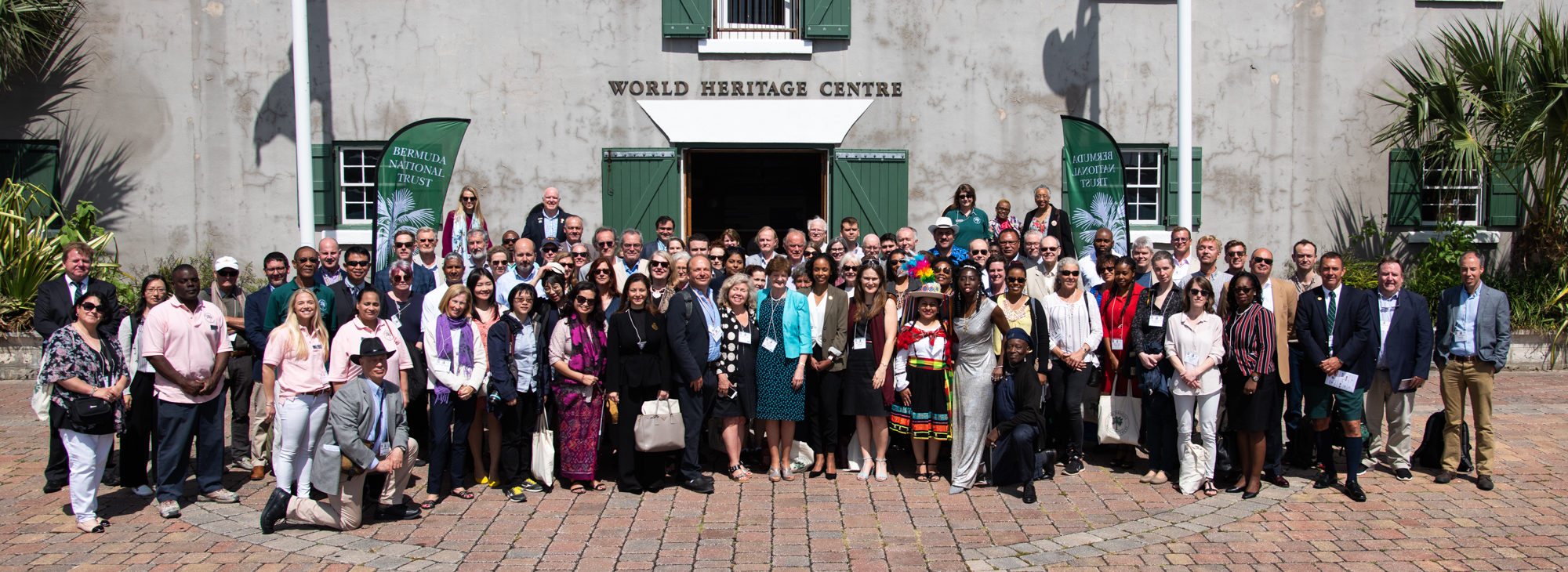-
What is a ‘model’ National Trust? (Weekly blog, 18 August 2019)
Posted on August 18, 2019A blog by Catherine Leonard, Secretary-General
This week I’ve been thinking a lot about the National Trust model. What is a National Trust and what does it do? There are various reasons for this. Firstly, we’ve had a couple of enquiries requesting INTO’s help and advice on the National Trust model. Our member organisations in South Korea (one government body, one ngo) are exploring ways of working differently together. They have reached out with questions about state/ngo relationships, acquisitions and membership growth (amongst others). And a colleague based in Portugal has approached INTO about establishing an organisation, modelled on the National Trust for Historic Preservation.
Membership growth model
One of the things I suggested to the Koreans, who wanted to learn how the NTEWNI had increased its membership, was to engage with other, more similarly sized, aged and constituted INTO member organisations. There are some membership tips in our From Start-up to Sustainability handbook (Chapter Four). I also pointed them towards our ASK-INTO and TAP-INTO programmes. (Please note the next deadline for TAP-INTO applications is 26 August!)
The NTEWNI is an amazing model but it celebrates its first 125 years next year and this longevity is certainly one of the reasons for its success. It’s important to also remember that it was started by three volunteers! And that growth was slow for many years. (In 1937 it only had 12 paid staff and the first million members were not celebrated until 1981.)
INTO Incubator
Secondly, Alex is leading work on our ‘Incubator’ or training programme for new and nascent Trusts. This is part of the Helen Hamlyn Trust grant project and will facilitate intensive learning about the National Trust model. Participants will also be matched with mentors to guide them through the process of establishment or early growth. The residential element will take place in the UK early next year. And Alex and I have been talking about the programme and different subjects to be covered. Clearly this will depend a little on the participants and the skill will be in focusing on the key topics. Otherwise we’ll need much more than a week!
Model Trust?
Thirdly, I’ve been finalising our report to the European Commission on the Innocastle study visit to Wales. Our European partners are not particularly intending to establish a National Trust. But the Trust’s approach and model here were under scrutiny. And the Europeans were able to identify some useful learning points – as well as some constraints. Such as the Trust being too big!
What is a National Trust?
Lastly, following my visit to Antwerp last month, I’ve been working on an article for Herita. One of the questions asked was about what INTO members have in common. Again, I went back to the Handbook, where we set out the defining features of a National Trust:
- Classified as a charity, non-profit organisation or foundation (i.e. independent from government)
- Community based
- A broad constituency or membership
- Site management or stewardship function
- Education and advocacy role
- Civic engagement
Each is different of course and responds to particularly local circumstances. There are some similarities in constitution across the Trusts of the Commonwealth and British Overseas Territories. But they actually each have their own approach and model.

Delegates at the INTO Conference in Bermuda, March 2019
What’s the point of a National Trust?
The earliest National Trusts were founded on the simple and enduring idea that people need historic, beautiful and natural places which provide relaxation, perspective, escape, and a sense of identity. This idea is no less true a hundred and twenty-five years later. The National Trusts of the world help communities to look after special places, protecting them for ever and for everyone. And the power of these places to delight, inspire, educate and even change people’s perception of the world, is immense. That, I think, is what they are for.
Where does INTO fit in?
As organisations, INTO members are all very different but they share more than just a name. They have the same ideals, values and priorities. What inspires us and the challenges we face are essentially the same. And one thing we can all agree on is that we can’t do anything without collaboration or learning from each other.
We live in an uncertain world (see INTO’s State of Global Heritage Report). And being open, reaching out and connecting with other people is so important. INTO’s is a family of 75 National Trusts and similar organisations from all over the world. Families share values and look after each other. And that’s what INTO does by supporting our members in the achievement of their goals; providing opportunities to collaborate and share ideas, resources, skills and knowledge; and developing a global heritage offer that celebrates what is unique and special about the National Trust approach.

 44 (0)20 7824 7157
44 (0)20 7824 7157